A recent report released by India's Prime Minister's Financial Advisory Council sheds light on significant demographic shifts in religious populations over the past six decades. The findings, unveiled during the country's Lok Sabha elections, reveal notable changes in India's religious landscape.
According to the report, which analyzes population data from 1950 to 2015, India's Hindu population has experienced a decline of eight percent over the 65-year period. In 1950, Hindus constituted 84 percent of the population, whereas by 2015, this figure had decreased to 78 percent.
Conversely, minority populations in India have seen an increase. The Muslim population, for instance, grew by approximately 40 percent during the same period, rising from 9.84 percent in 1950 to 14.15 percent in 2015. Additionally, the Sikh and Christian populations experienced growth, with Sikhs comprising 1.85 percent of the population and Christians accounting for 5.38 percent by 2015.
The report also highlights demographic changes in neighboring countries. In Nepal, the Hindu population decreased by 3.6 percent, while in Myanmar, the number of Theravada Buddhists declined by 10 percent. Conversely, Muslim-majority nations such as Pakistan, Bangladesh, and Afghanistan saw an increase in their Muslim populations, with Bangladesh experiencing an 18.5 percent growth.
Moreover, Buddhist populations in Bhutan and Sri Lanka witnessed growth of 17.6 percent and 5.25 percent, respectively.
These demographic shifts underscore the evolving religious landscape in the region and carry implications for social and political dynamics across South Asia.



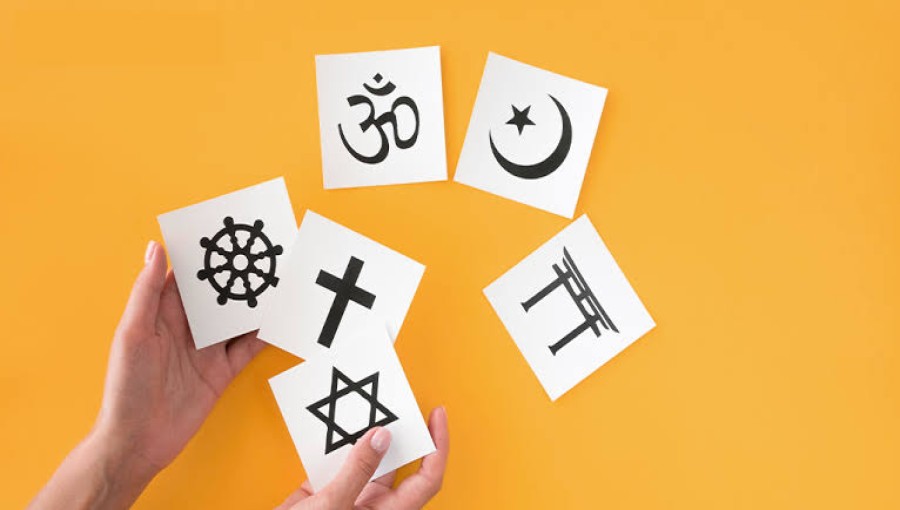


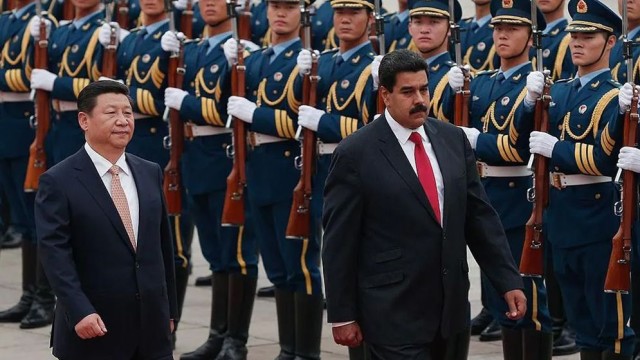

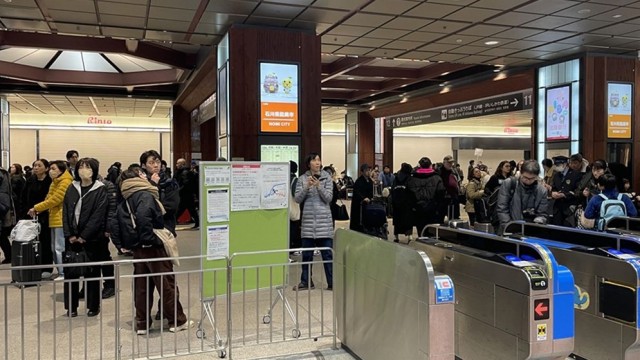
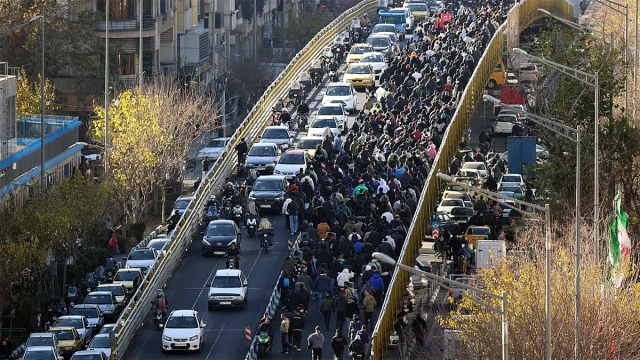


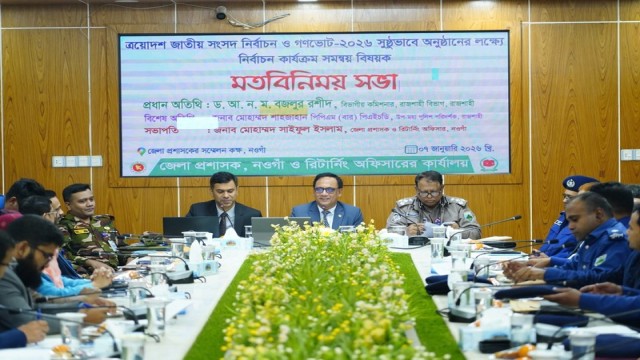

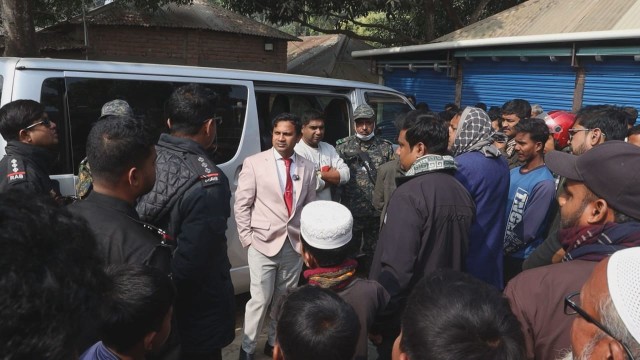
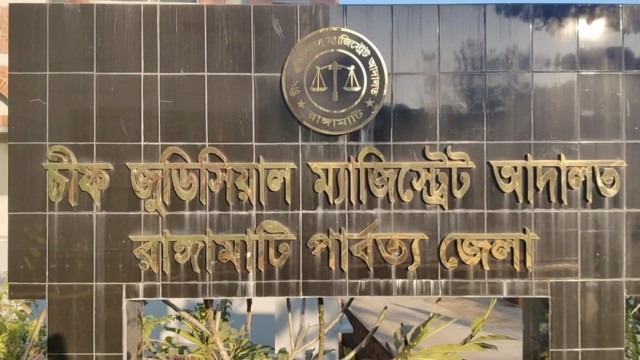
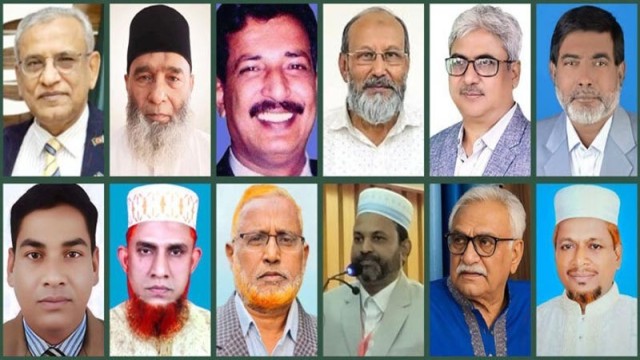

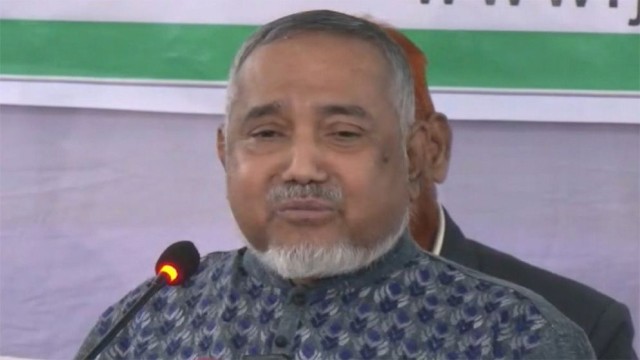



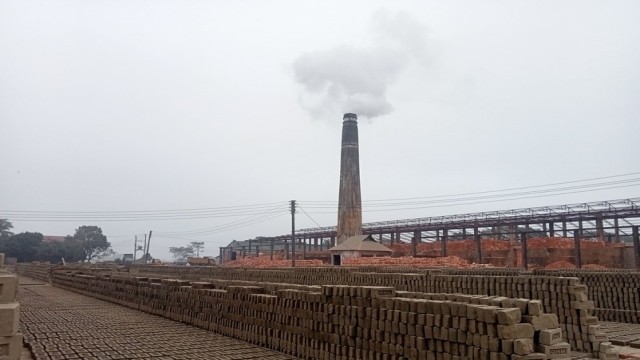
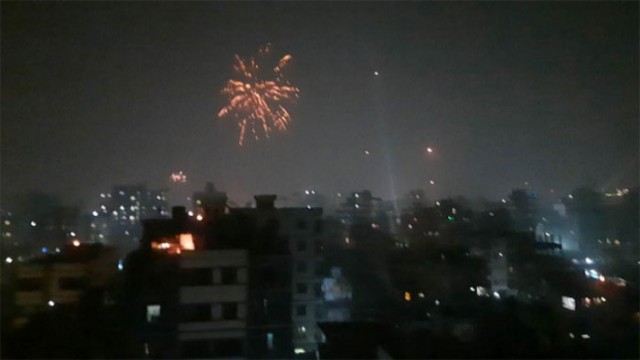
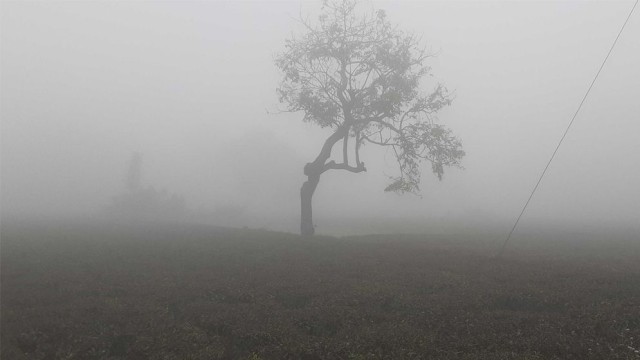

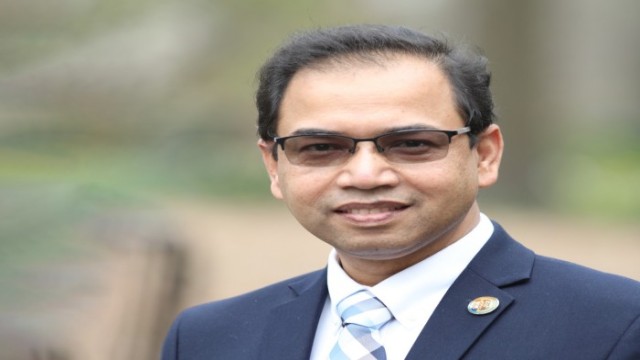
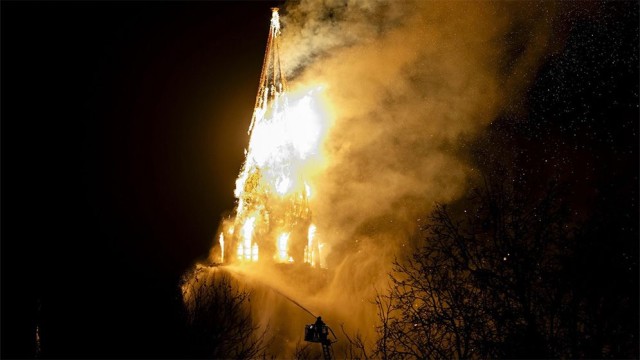

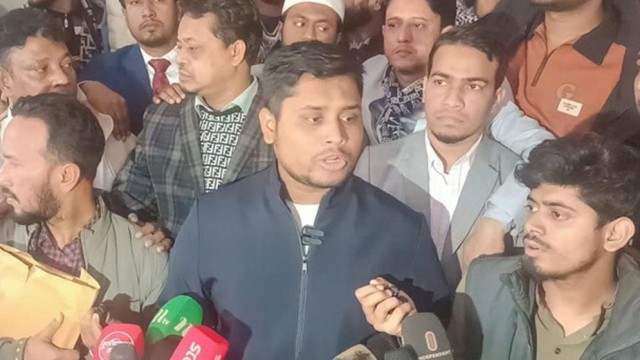

Comment: